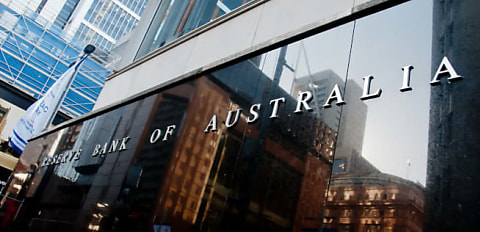According to the latest Wage Price Index (WPI) data released by the Australian Bureau of Statistics (ABS), the seasonally adjusted WPI rose 1.3 per cent in the September quarter 2023, and 4 per cent over the year. This marked the largest quarterly rise in the entire 26-year history of the WPI.
The annual growth of 4 per cent was also the highest for the index since the March quarter 2009.
However, according to ANZ senior economist Catherine Birch, this record rise in wage growth is a “one-off” and won’t worry the Reserve Bank of Australia (RBA).
“While annual WPI growth came in a touch higher than consensus and the RBA’s forecast, this was due to an upward revision in Q2 quarterly growth, and Q3 quarterly growth printed in line with expectations,” Ms Birch said.
“We don’t expect today’s data will change the RBA’s thinking ahead of its December meeting, where we expect the RBA to hold the cash rate at 4.35 per cent.
“Record quarterly WPI growth, since the series began in 1997, was widely expected, but given it was partly driven by temporary factors, it will not concern the RBA as much as would be expected on face value.”
ABS head of prices statistics Michelle Marquardt said there was a combination of factors that “led to widespread increases in average hourly wages this quarter”.
Ms Marquardt stated that the higher growth in the private sector was primarily driven by the Fair Work Commission’s annual wage review, the application of the Aged Care Work Value case, labour market pressure and Consumer Price Index (CPI) rises being factored into wage and salary reviews.
Indeed, the private sector was the main contributor to growth at 1.4 per cent, while the public sector recorded its highest growth for a September quarter since 2010 at 0.9 per cent.
“The public sector was affected by the removal of state wage caps and new enterprise agreements coming into effect following the finalisation of various bargaining rounds,” she added.
RBA upgrades forecasts
In its latest Statement on Monetary Policy (SOMP) for November 2023, RBA has projected that scheduled mortgage payments are projected to increase to approximately 10.5 per cent of household disposable income by the end of 2024, based on the increases to the cash rate to date.
According to the RBA, scheduled mortgage repayments as a share of household disposable income have increased by 2.5 percentage points since the March quarter of 2022, with expectations that this will rise further as more and more borrowers roll off their fixed-rate loans onto higher rates.
Furthermore, the RBA has revised its assumed peak of the cash rate to 4.5 per cent, before dropping to 3.5 per cent by the end of 2025.
“The path for the cash rate reflects expectations derived from surveys of professional economists and financial market pricing,” the board stated.
[RELATED: RBA revises up forecasts]

